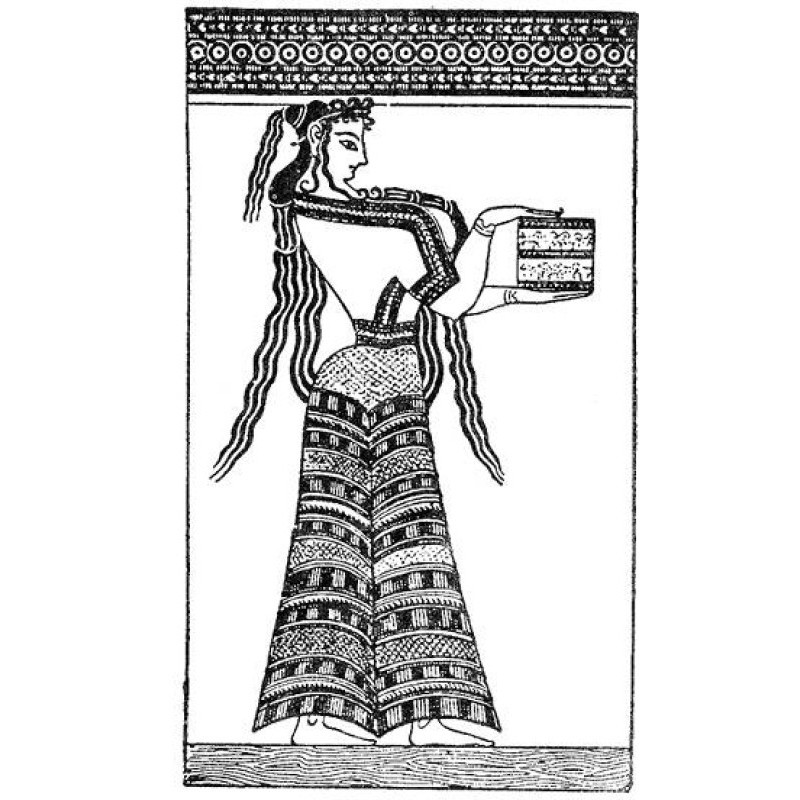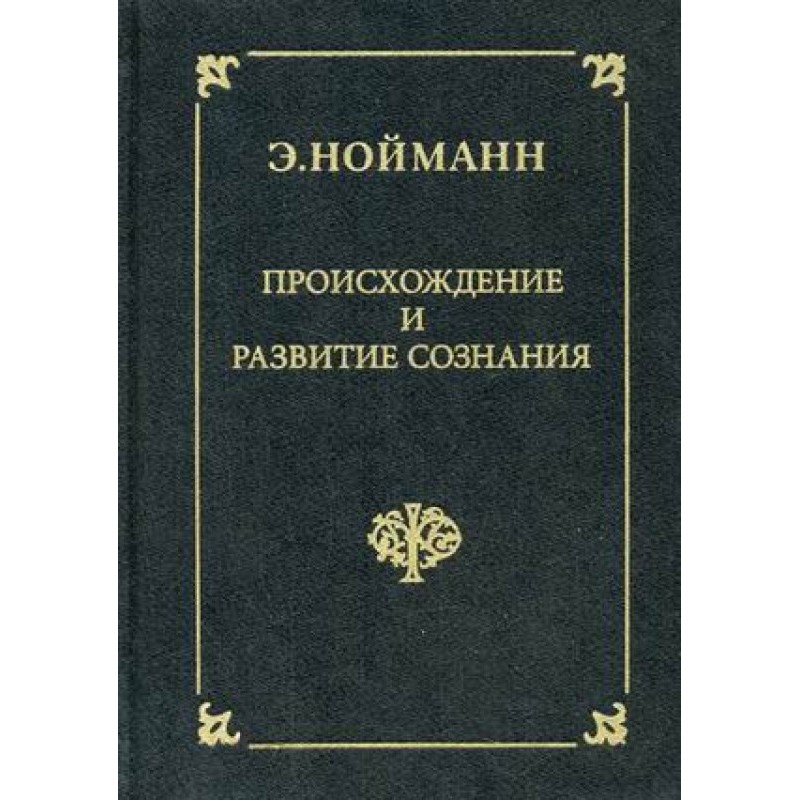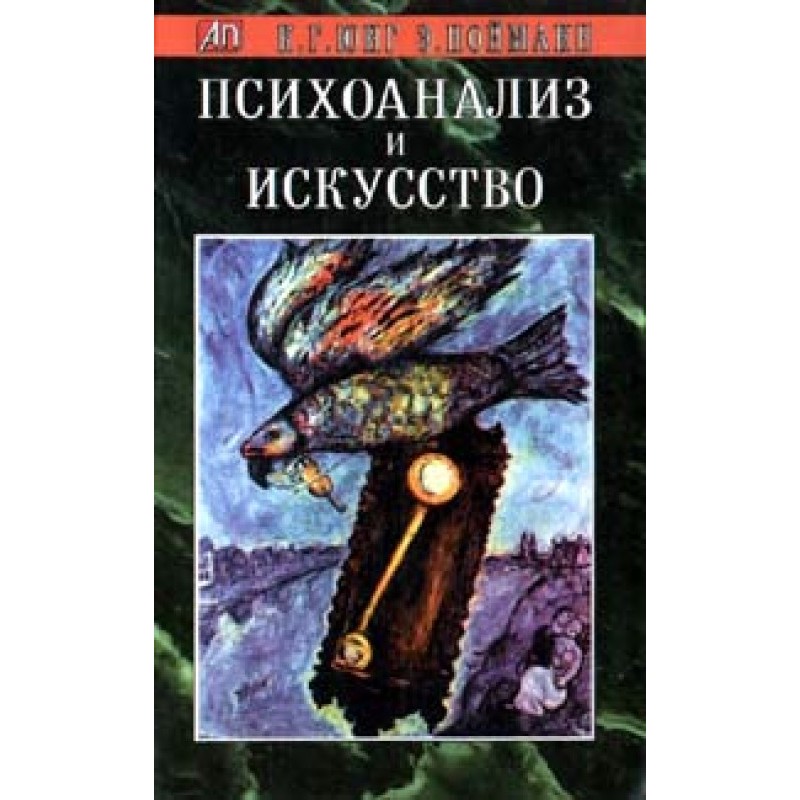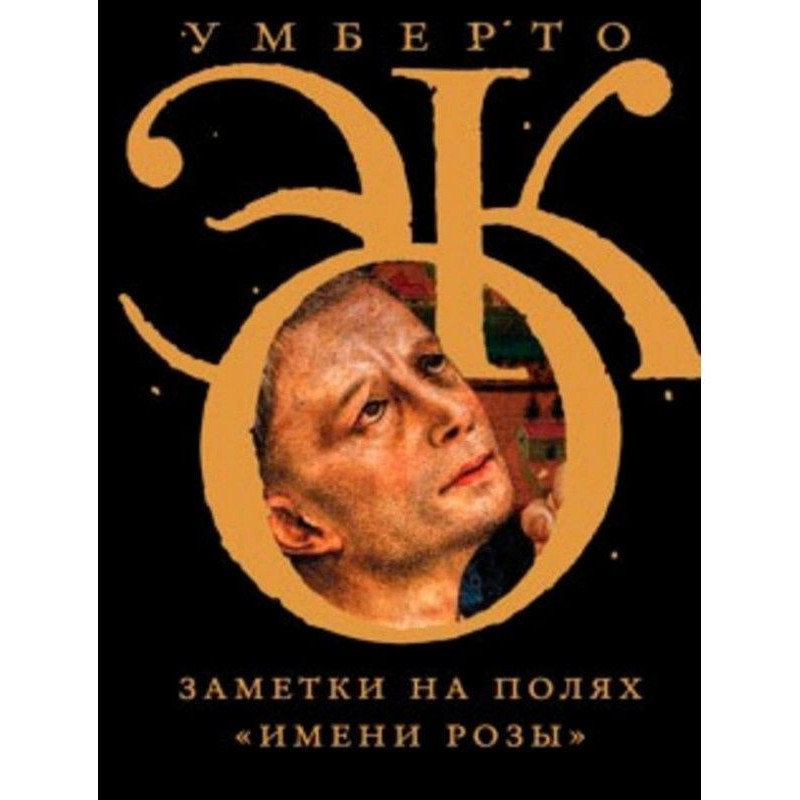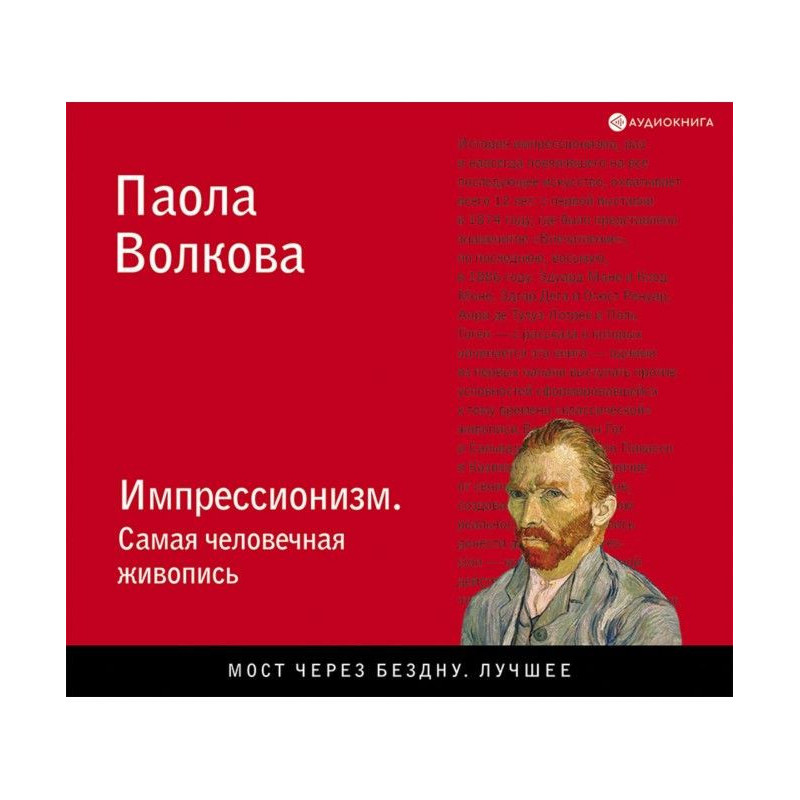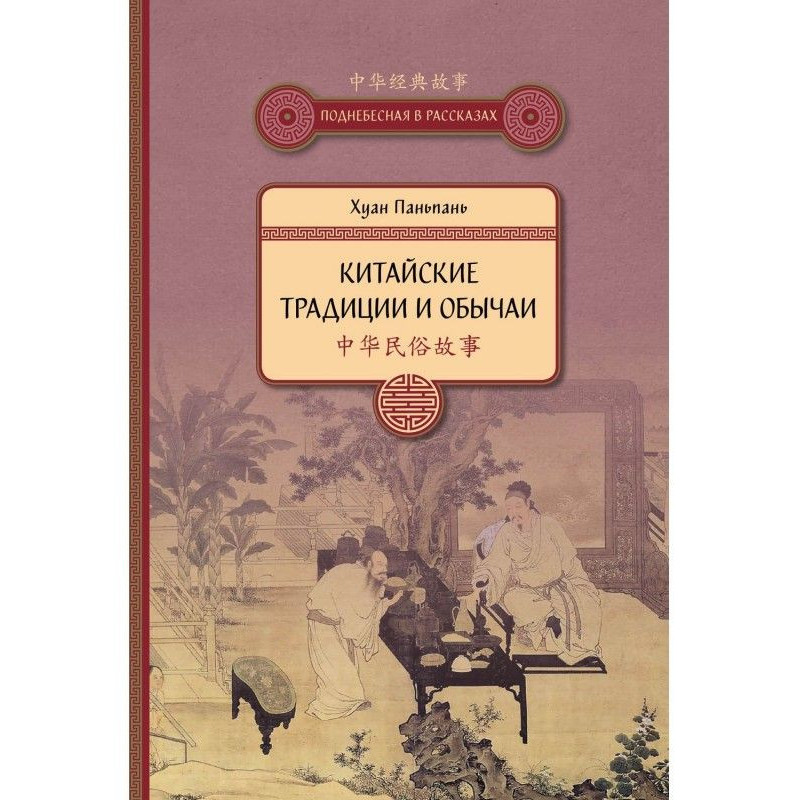Great Mother
 Instant download
Instant download
after payment (24/7)
 Wide range of formats
Wide range of formats
(for all gadgets)
 Full book
Full book
(including for Apple and Android)
Erich Neumann. Great Mother. Depth psychology and psychoanalysis.
A classic study of the structures, facets and symbols of the Great Feminine. Erich Neumann's work is striking in the scale of its analysis of mythological and psychological material, which makes it the first and unique of its kind. The book will be of interest to anyone whose area of interest includes problems of psychology and anthropology. Erich Neumann, who was one of the students and followers of the great Carl Jung, is himself one of the largest psychologists of the 20th century in the field of psychoanalysis and developmental psychology. “The Great Mother” is practically his most famous work, dedicated to mythological archetypes in our minds. The first part of the book is the most fascinating and entertaining. It describes in detail the ancient myths about the Mother Goddess and her role in the life of primitive tribes. The author smoothly moves on to more sophisticated world-building models, rooted in the same myth. The Egyptian Isis, the Phoenician Astarte, the Greek Aphrodite and Artemis are just later variations of the same Mother Goddess, whose image in the form of a plump, busty female figurine without a head dates back as far as 20,000 BC. It is extremely interesting to follow the development of this oldest and most enduring myth on the planet. Over nearly two hundred centuries, the embodiment of fertility and sexuality has turned into the well-known image of the Madonna and Child. Yes, these two goddesses are far from each other in appearance, but the main distinguishing feature of both is motherhood. Both the Mother Goddess and the Mother of God became mothers not only directly to their children, but also to all humanity. The second part of the book, together with the appendices, is quite specific and will be of interest, first of all, to specialists in the field of developmental psychology. The author compares the development of all humanity and the development of the consciousness of an individual. Using the example of three main archetypal myths, we see the psychological growth of a person. The myth of the ouroboros - a self-consuming, fertilizing and generating snake - corresponds to early childhood, when the child is completely dependent on his parents, primarily on his mother. Over time, the child’s consciousness develops, he sees and thinks of himself outside of his parents, and the myth of the hero, who was previously the son and lover of the Great Mother, comes onto the scene. The third myth tells about the hero’s struggle with a dragon or monster, into which the jealous Mother Goddess turned your growing child. At this stage, a person is finally freed from parental shackles and goes in search of a partner, and then creates his own family.
Data sheet
- Name of the Author
- Эрих Нойманн
- Language
- Ukrainian
- Release date
- 2012
- Translator
- Иван Ерзин




